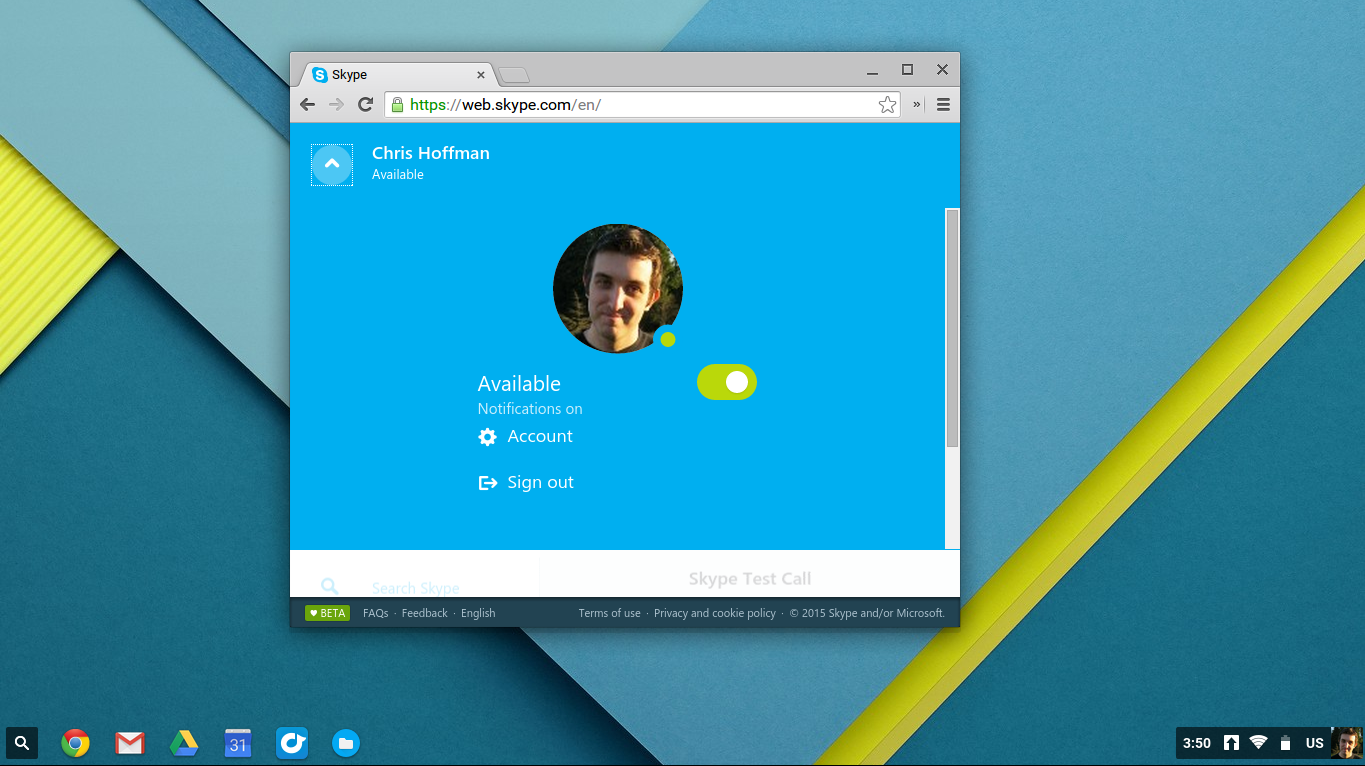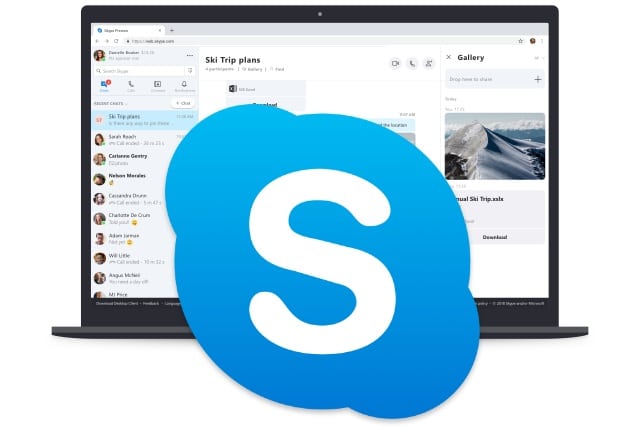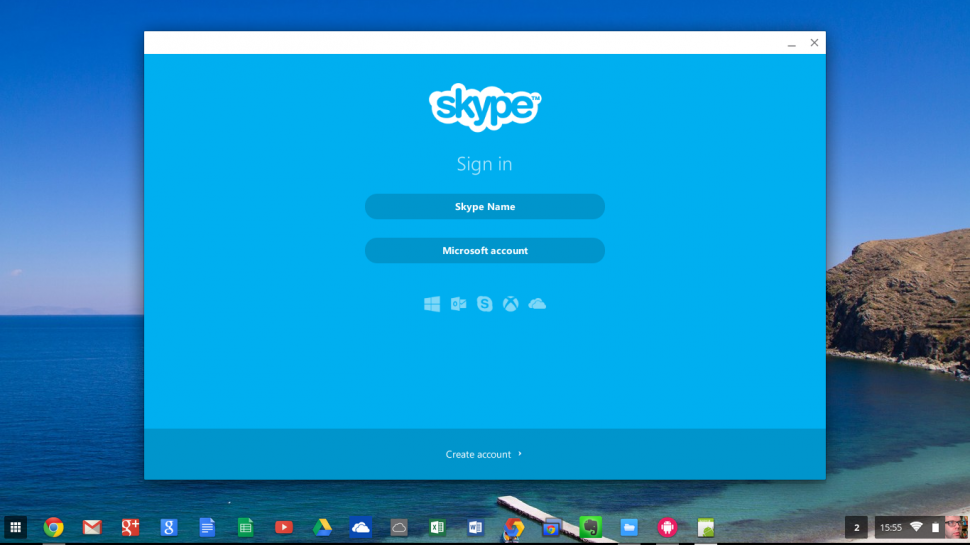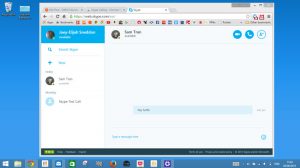

Next, we'll connect ADB to the Chromebook using "adb connect arc." You'll be prompted to allow USB debugging.The APT package manager will install the necessary packages and drop you back into the terminal when it's done.

Enter the following without quotes: "sudo apt install adb". We'll use the Linux APT package manager to install the ADB command-line tool.Now launch the Linux Terminal that we installed in the previous section.You might want to rename the APK to make it easier to type into the terminal. To move the APK file to the Linux directory, drag and drop it into My Files > Linux files.

Now you can download your APKs and install them from the context menu with a single click.Developer Mode signs you out of your Google account, so you'll have to sign in again and wait for the preferences to re-sync.Your Chromebook will restart in Developer Mode.Now press Ctrl + D to enter Developer Mode.Let go of Esc and Refresh when the recovery message pops up on the screen. Enter recovery mode by holding down the Esc + Refresh keys and pressing the Power button once.Also, remove any external devices attached to your Chromebook. Back up any files you need to the cloud before proceeding.With that said, the following method should work for most Chromebooks. You can head over to The Chromium Projects and search Developer Mode, followed by the model of your Chromebook for detailed instructions. Some Chromebooks have a dedicated physical switch to enable Developer Mode, while others only require keyboard shortcuts. Most importantly, you retain a nicely organized desktop interface that's familiar to every Windows user.The method used for entering Developer Mode can vary slightly between Chrome OS machines. There are some key advantages to this method. The Parallels software runs full versions of Windows 10 inside a container on your Chromebook.With a full version of Windows installed on your ChromeOS device, you can easily download and run the full desktop version of the Skype app. For business users, this is certainly a useful option to consider. It's important to realize that currently Parallels Desktop for ChromeOS is only available to enterprise customers.

Perhaps you want to run the full Windows version of Skype? This is also possible using Parallels Desktop for ChromeOS. You can still use the touch interface offered by most Chromebooks. The overall integration with Chromebook hardware is very well optimized for the Skype Android app.


 0 kommentar(er)
0 kommentar(er)
